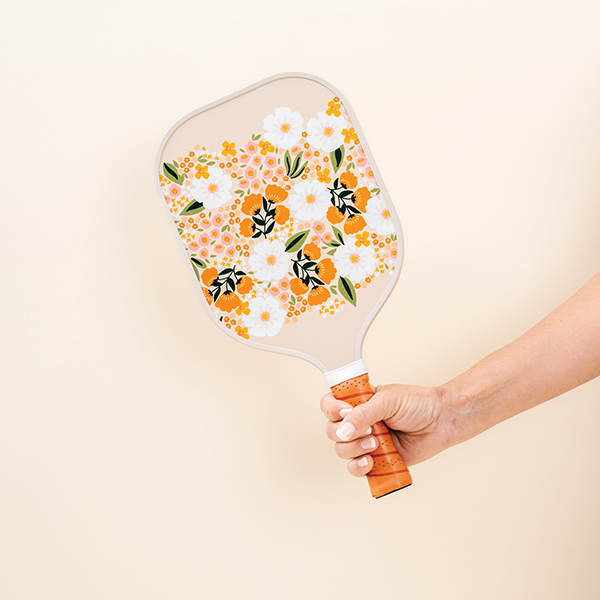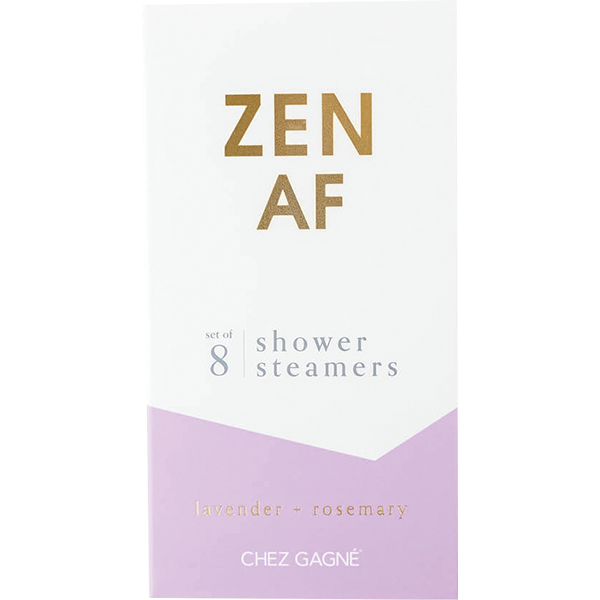Scents Make Dollars
Article Resources
goo goo gaa gaa
262.790.6890
googoogaagaa.com
Neuromarketing
NeuroscienceMarketing.com
Scent ID LLC
914.772.5458
ScentID.com
Scent Marketing Institute
646.236.4606
ScentMarketing.org
Team Blonde
708.771.5590
TeamBlonde.com
Ginny Gerczak, owner of goo goo gaa gaa, a baby-products shop in Brookfield, WI, makes sure that her shop always smells of fresh baby powder.
By doing so, Gerczak is employing a sales technique called sensory marketing. Such marketing relies on pleasant scents and soothing music—and anything else that appeals to one of the five senses—to encourage shoppers to linger in stores and, hopefully, spend more money while doing it.
Heidi Vance and Jayne Ertel light a single scented candle each day at Team Blonde, their jewelry and gift shop in the Chicago suburb of Oak Park, IL. “I never thought about scents making people stay longer,” Vance says, even though she and Ertel have used candles and perfumes since opening Team Blonde four and a half years ago. “But maybe there is something to that. I like it when I walk into a store and notice that the smell is very pleasing. Maybe it does encourage me to stay a little bit longer.”
Vance and Ertel might just typify the many retailers who use all available methods at their disposal to create a pleasant shopping experience in their stores. They might not know it, say the experts, but by doing so, they are using the principles of sensory marketing.
The evidence for sensory marketing is primarily anecdotal but supporters of sensory marketing are many. They say that businesses can use smells and sounds to remind shoppers of happy moments. For example, the scent of holly can bring back the memory of a particularly happy holiday. The aroma of freshly baked cookies can transport patrons to soothing childhood moments. The right music can accomplish the same.
Scents as business strategy
An entire industry of sensory marketers says that pleasant smells do help business.* Hotels, including The Westin with its famed white-tea scent, have long featured signature aromas. So have casinos and high-end department stores. The Scarsdale, NY-based Scent Marketing Institute, a consulting firm that works with businesses developing scent-branding efforts, estimates that businesses worldwide will spend $120 million this year on scent marketing.
“If you do it right, sensory marketing is a very powerful tool,” says Harald Vogt, founder and chief marketer of the institute. “The sense of smell is the one sense that you can’t really turn off. You can wear an iPod when you walk into a store and not hear their music. You can turn away and not notice their signage. But customers can’t turn off their sense of smell. We all have to breathe.”
Arthur Sherwood, owner of Scent ID LLC, a Purchase, N.Y.-based company that helps clients develop their own scent-marketing campaigns, says he’s seen the powerful impact that a simple scent can have on a business’s bottom line. “Scent is a memory trigger,” Sherwood says. “That is why it works so well. It goes from your nose right to the part of the brain that controls emotions. Because it works as a memory trigger, it brings back both good and bad experiences. Consider the scent of chocolate-chip cookies. People have very good memories of chocolate-chip cookies.”
Bringing scents into your store
The good news is that sensory marketing doesn’t have to be expensive. It’s a technique that the owners of even the smallest gift shops can employ.
Vogt says he’s surprised that more small-business owners don’t use scents to entice customers. For about $25 a month, shop owners can purchase aromatherapy machines that spray different scents in the air. Then there are candles, perfumes and even baked goods that can send pleasant aromas across a shop. Scented inks in cards rely on similar principles.
Roger Dooley, author of the sensory marketing blog Neuromarketing and president of the marketing and consulting firm Dooley Direct, agrees with Vogt that businesses don’t need big budgets to tap the power of sensory marketing.
Dooley recommends that small-business owners first eliminate unpleasant sensory elements, such as a piece of equipment that gives off shrill beeps, or any unpleasant smells from their stores. They can then concentrate on employing the best scents and sounds for their shops, he says.
“The nirvana of sensory marketing is to combine a great customer experience with consistent sensory appeal,” Dooley says. “That way, as soon as the customer enters the environment, he or she will be stimulated to recall the previous positive experience there.”
Don’t overpower
Experts caution it is easy to overdo it. Shop owners shouldn’t overload their stores with scents and music. And they should be sure that the scents they use are appropriate for the merchandise they are selling.
It doesn’t make sense, for example, for the scent of coconut or sunscreen to waft through a shop that sells high-end kitchen utensils. But that same smell, would work at a beach resort gift shop, Vogt says. At the same time, evergreen and holly scents will only confuse shoppers during the Easter season, he says.
“If a store smells completely unexpected, that can backfire,” Vogt says. “We all know how negatively we can react to a scent that we didn’t expect. It irritates us. It’s unpleasant.”
The sweet smell of success
Ginny Gerczak of goo goo gaa gaa, used to rely on scented drawer liners and air fresheners to make sure her shop smelled like baby. Now she uses a line of scented shampoos, creams and candles.
She even has a clause in her lease that forbids businesses with strong aromas of their own—such as restaurants or bakeries—from moving in next door. The fear is that other powerful scents in the strip mall would overwhelm the aroma of baby powder.
“Since day one, this has been integral to us,” Gerczak says. “It has to smell like a baby in here. I think it does make this a more pleasant place to shop.”
*Editor’s Note: This article examines one aspect of sensory marketing—scent marketing. For related articles, please see Display Inspirations and our feature on music.






















